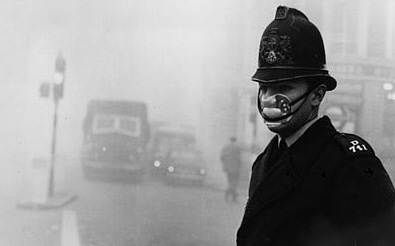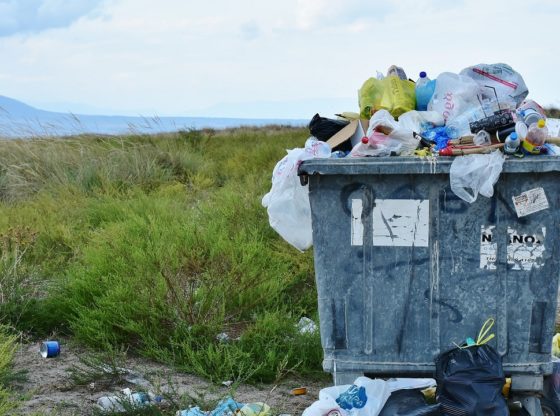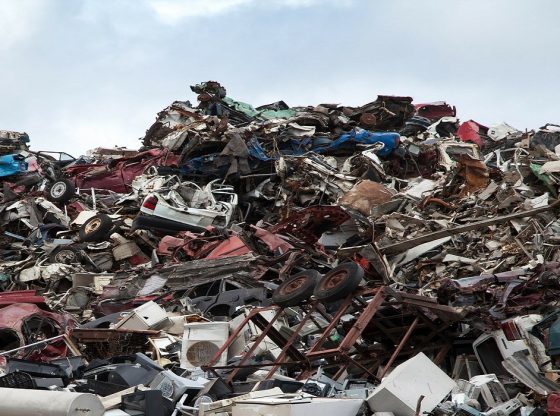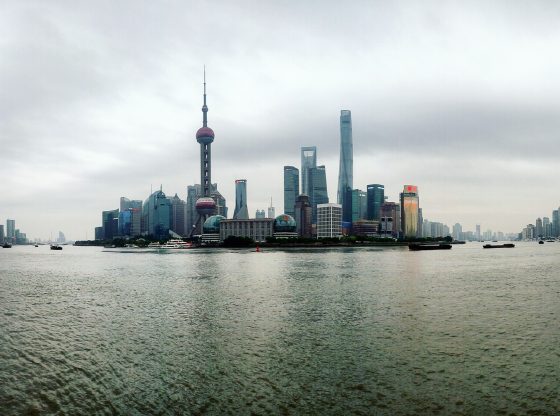
The air in Beijing has been very bad for the past five days, with a constant extensive haze, low clouds and a fog of smog covering the whole region.
A Problem for Mega Cities
The air problem in Beijing has persisted for a very long time to varying degree. It has worsened with continued urbanization, extensive and fast industrialization with more motorized vehicles, industrial production, and coal energy production in the area.
But even if this development is extreme in Beijing, it is indeed a problem common to many big cities with similar geographical characteristics. And most important of these geographical characteristics being a mountainous surrounding region. Perhaps the worse in this sense is Mexico City which is completely surrounded by mountains, located in the Trans-Mexican Volcanic Belt in the high plateaus of south-central Mexico.
NASA’s Earth Observatory released photos of northeastern China this week which shows the extent of the problem in the Beijing area. Since the smog is clearly visible from space. The Moderate Resolution Imaging Spectroradiometer (MODIS) on NASA’s Terra satellite acquired these two natural-color images of northeastern China on January 14 (top) and January 3, 2013, as seen above.
Take A Deep Breath
The air pollution can have a severe impact on human health. During this past period of extensive haze, the Beijing Shijitan Hospital received 20 percent more patients than usual at its respiratory health department. Most of them coughing and seeking treatment for bronchitis, asthma or other respiratory ailments.
Schools in several districts were ordered to cancel outdoor activities and sports classes. And also in a public announcement, Beijing authorities advised all residents to “take measures to protect their health.”

Externalities
Environmental problems can probably often be defined as direct or indirect. Indirect or “invisible” in the sense of affecting us in a long run rather than in the short run, and such problems, to mention a few, global warming (CO2 emissions), over-fertilization and ozone affecting chlorofluorocarbons. These long-run problems have consequences and direct effects often far in the future. This fact of not having a direct effect on present-day economies makes it more difficult for politicians to motivate allocation of resources to impede future potential adverse effects.

But the problem with smog, however, does affect us both directly and indirectly – which is perhaps good in that sense of creating tangible evidence of a problematic situation. That needs to be solved by politicians today.
Air pollution can have great adverse effects such demonstrated by the Great Smog of 1952 in London, which combined a period of extraordinary weather phenomena, cold and windless conditions, collected airborne pollutants from the use of coal-forming a thick layer of smog over the city. With an estimated 12,000 people that died as a direct cause of the smog and over 100,000 ill.
_______________
NASA Earth Observatory
______________________________











![OpenAI. (2025). ChatGPT [Large language model]. https://chatgpt.com](https://www.illustratedcuriosity.com/files/media/55136/b1b0b614-5b72-486c-901d-ff244549d67a-350x260.webp)
![OpenAI. (2025). ChatGPT [Large language model]. https://chatgpt.com](https://www.illustratedcuriosity.com/files/media/55124/79bc18fa-f616-4951-856f-cc724ad5d497-350x260.webp)
![OpenAI. (2025). ChatGPT [Large language model]. https://chatgpt.com](https://www.illustratedcuriosity.com/files/media/55099/2638a982-b4de-4913-8a1c-1479df352bf3-350x260.webp)








